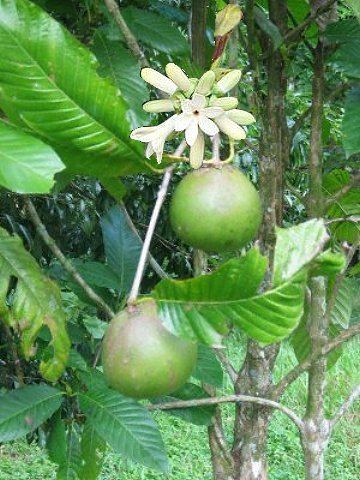Rank Species | Clade Angiosperms Higher classification Alibertia | |
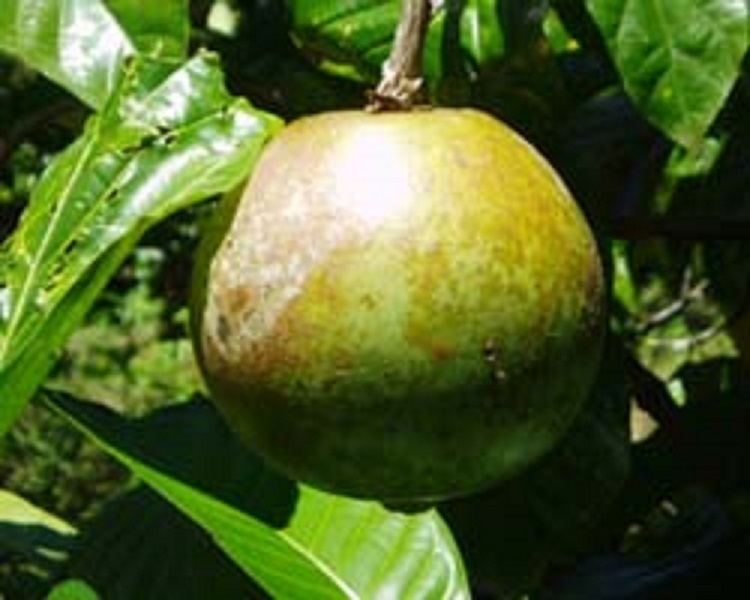 | ||
Similar Peach Palm, Borojoa, Naranjilla, Eugenia stipitata, Alibertia | ||
Alibertia patinoi, commonly known as borojó, is a small (2-5m), dioecious tropical rainforest tree. It is one of the few of the Rubiaceae family that has edible fruit. It grows in the northwest area of Colombia in the Chocó Department and in the Esmeraldas Province of Ecuador, in areas of high humidity and temperature. Borojó is an Emberá word meaning: boro = head, jo = fruit - head-shaped fruit, or round, globulous fruit. The species has also been reported from Panamá and Costa Rica.
Contents

Growth
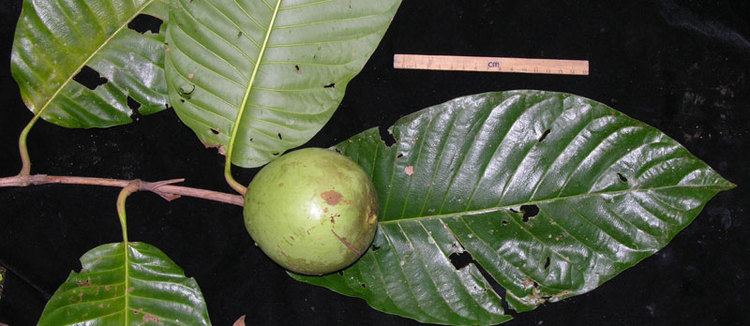
Alibertia patinoi has grey-brown bark and sometimes has two or three smaller trunks as well as one main one. It needs high humidity (over 85%) and temperature (an average of at least 25 °C) to thrive, though it can tolerate brief frosts as well as floods.
Fruit
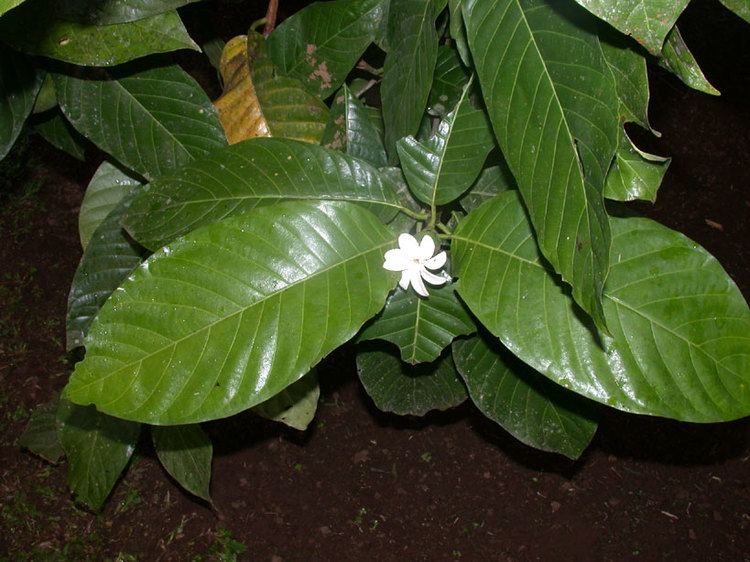
The fruit is large (about 12 cm length), with a round shape and brown color and average weight of 740-1000 grams. The pulp represents 88% of the total weight. Each fruit has 90 to 640 seeds. Borojo has high levels of protein, ascorbic acid, calcium and iron and very high levels of phosphorus. [1] Borojo is used in the preparation of jam, wine, desserts and traditional medicines with supposed aphrodisiac effects. It is also used by the local communities against hypertension, bronchial diseases and malnutrition. Borojo extract is widely sold on the internet as a health food.
A study commissioned at Rutgers University by Nutropical, a private company, found that borojo fruit powder had a high and significant content of polyphenols as measured by the Folin-Ciocalteu polyphenol test. Most notably, the researchers believe the key polyphenol found in borojo may be novel. Work continues to identify the compound and/or elucidate its chemical structure. An analysis conducted by the same company found borojo has an ORAC value of over 54 μmolTE/g (5400 µmolTE/100g). The form of the fruit tested, however, is not mentioned (fresh, freeze-dried, spray-dried, etc.).
Cultivation
Around 3,000 hectares are used to cultivate borojo.
Related Species
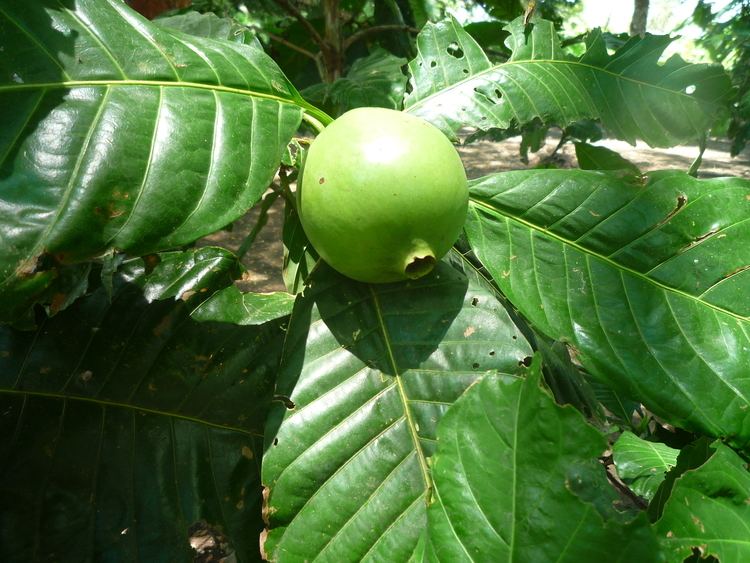
Alibertia sorbilis is a very similar species, also used with commercial purposes. Borojó de la Amazonia (Amazonas borojo), Duroia maguirei, is a wild species in a different Rubiaceae genus, which grows up to 8m and has a smaller, edible fruit. Claes Persson (1999)
